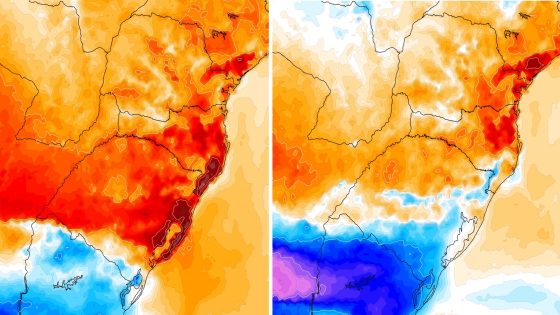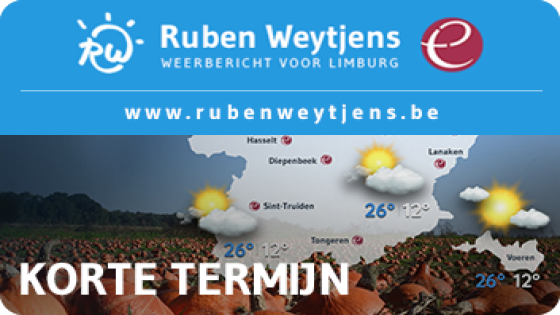The temperature variation in Rio Grande do Sul is striking as the heatwave ends. From February 11 to 12, many cities experienced drops of over 10ºC. How does this impact daily life and weather patterns in the region?
- Significant temperature drop in Rio Grande do Sul
- 24-hour temperature variation exceeds 10ºC
- Porto Alegre experienced a 12.6ºC decrease
- Uruguaiana still warm with 7ºC drop
- Record high temperatures noted in February
- MetSul Meteorologia offers weather updates via WhatsApp
Temperature Drops in Rio Grande do Sul: What You Need to Know
Have you ever wondered how quickly weather can change? In Rio Grande do Sul, the temperature plummeted dramatically from February 11 to 12, signaling the end of a heatwave. This rapid shift affects not only daily life but also agriculture and local ecosystems. Understanding these changes is vital for residents and visitors alike.
Understanding the Recent Temperature Changes in Rio Grande do Sul
The recent temperature changes in Rio Grande do Sul have been remarkable. Many cities recorded significant drops, showcasing the volatility of the region’s climate. Here are some key observations:
- Porto Alegre: From 38.4ºC to 25.8ºC in 24 hours.
- Camaquã: A decline from 38.6ºC to 26.1ºC.
- Campo Bom: Dropped from 38.1ºC to 28.5ºC.
- Santa Maria: From 38.9ºC to 29.5ºC.
How Temperature Fluctuations Affect Daily Life in Brazil
Temperature fluctuations can significantly impact daily activities in Brazil. For instance, a sudden drop in temperature can lead to changes in clothing choices, heating needs, and even outdoor plans. Residents may find themselves switching from summer attire to warmer clothing in just a day. This unpredictability can also affect local businesses, especially those reliant on outdoor activities.
The Role of Weather Patterns in Agriculture
Weather patterns play a crucial role in agriculture, especially in regions like Rio Grande do Sul. The recent temperature drop can benefit crops that thrive in cooler conditions, but it also poses challenges. Farmers must adapt quickly to these changes to protect their harvests. Understanding local weather patterns helps in planning planting and harvesting schedules effectively.
Preparing for Future Weather Changes in Brazil
As weather patterns continue to shift, it’s essential for residents to stay informed. Regular updates from meteorological services can help individuals prepare for sudden temperature changes. By being proactive, communities can better manage the effects of weather fluctuations on their daily lives and agricultural practices.
In conclusion, the recent temperature variations in Rio Grande do Sul highlight the dynamic nature of the region’s climate. Staying informed and prepared can help residents adapt to these changes effectively.























![[KEMASKINI] 3 bulan baru bina mahligai, suami isteri ‘pergi’ bersama](https://news.faharas.net/wp-content/uploads/2025/03/Tragic-Twist-Newlywed-Couples-Dream-Home-Built-in-3-Months-230x129.jpeg)





